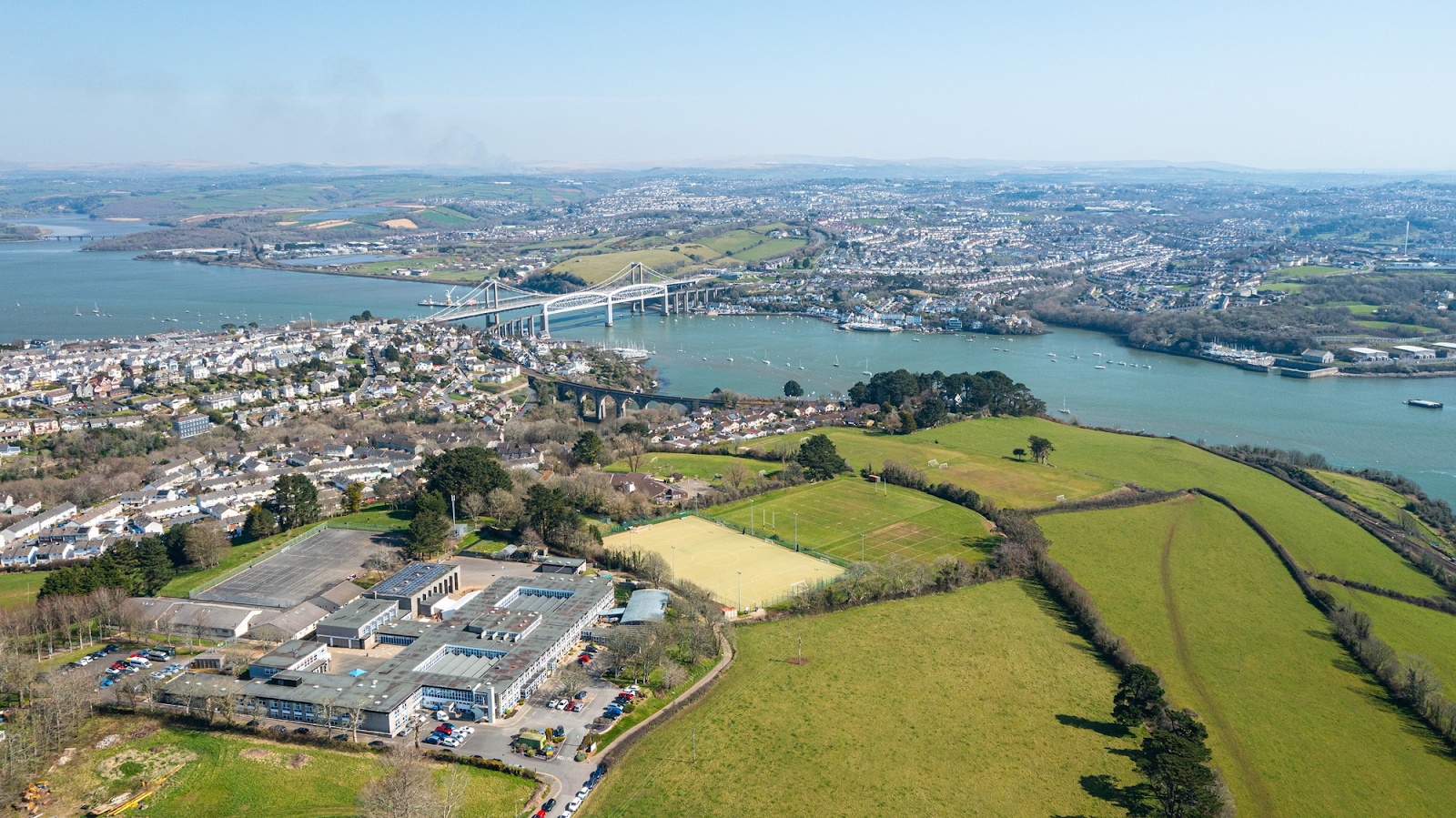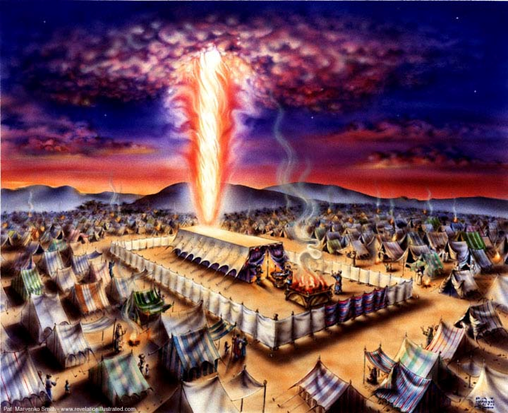‘Sticks and stones may break my bones, but words will never hurt me.’ Like me, as a child, you probably chanted these words when someone insulted you or called you names.
Now that I
have more breakfasts behind me than ahead I know that this is simply not true. *
Bones heal
given time and yes, they may be weaker, but for the most part you will get over
broken bones.
Yet words,
especially cruel hurtful words, as a friend of mine once put it, are like
‘graffiti of the heart. ‘
A current
story line in Emmerdale involves a young woman of 21 who has just undergone
surgery for cancer. She has a long-term illness with a proscribed shortened
life span. It’s a bit of a complicated
storyline but as she comes around after surgery she is told that her dream of
becoming pregnant by IVF is no longer possible because they had to undertake an
emergency hysterectomy. She takes out her anger and grief and bitter
disappointment on her grandmother with a torrent of words that were targeted to
cause maximum pain and distress. Her grandmother has had an eventful life with
many bad decisions, especially around having babies as a teenager and then not
caring for them. The grandmother is
deeply wounded. This all begins to affect her relationship with her husband.
You get the picture and okay this is a soap, but this storyline is very
real.
The Scriptures are replete with advice about curbing the tongue and stories of when things said lead to grave consequences. (For an extreme example read Judges 9: 29-40)
And then we
have this very salutary reminder from the Letter of James.
Likewise,
the tongue is a small part of the body, but it makes great
boasts. Consider what a great forest is set on fire by a small
spark. The tongue also is a fire, a world of evil among the parts of
the body. It corrupts the whole body, sets the whole course of one’s life
on fire, and is itself set on fire by hell.
I remember
one occasion taking an Act of Corporate Worship at Saltash Community School in
Cornwall. One of the teachers, Mr Peter Morgan organised a rota for minister to
come in and speak to the students around a set of themes and topics. I was
tasked one day to explore the theme of gossip and how damaging it could be. Mr
Morgan said good morning and welcomed everyone and introduced me to the
students. As he began to walk away I said the students. “Thank you Mr Morgan
and its good to be with you all this morning. By the way did you know that Mr
Morgan is living with a married woman! “
I let that
land, before going on to say that of course he was, he was living with his
wife, Mrs Rosemary Morgan. I did see Peter look back at me as he walked away
with a look of shock on his face. It was
a perfectly factually true account. However, I drew attention to how even a
true statement if misunderstand then gossiped about could bring an awful lot of
damage. This could have led to Peter and Rosemary splitting up, it could have
ended Peter’s career in the school, it could have brought reputational damage
to the school. Like a single match that can cause such damage creating a huge
conflagration.
Why is this
sitting with me today? Because of listening to the news, and particularly the bombastic messages from
President Trump. Gone are the carefully worded diplomatic missives crafted to
convey a strong message yet in such a way that sought to avoid as much offence
as possible. Now its all presented in a short one liner often written in
capital letters and pushed through social media.
And then the reporting of the Labour Party and the Welfare Reform Bill. Terms such as U-turn, climb down, MP rebellion, all very emotive words. It sets up a simple binary as if taking a measured approach, listening carefully and adjusting accordingly are seen as signs of weakness.
Two things
for us reflect on going forward.
What
‘graffiti’ has been written on our hearts? You may want to bring that graffiti
to be removed by the master physician and the healer of souls, Jesus. To enable
this to happen may require a trusted friend with whom you can confide. It may
require professional help with a counsellor, especially if it is deep seated
and back in the past.
One
‘technique’ that can sometimes help is to take a sheet of paper and write the
initials of the person who has hurt us in the middle of the page. And then prayerfully
and mindfully begin to doddle around their name. If possible (and it may take a few times)
allow those doodles to become signs of hope, flowers, butterflies, lovely
flowing shapes, maybe using different colours.
Then very
obviously to be mindful of what we say and what we write, especially on social
media. Once that message is written and sent and been received the deed is
done, the die is cast for good or ill, understood or misunderstood. And once
the words are out of our mouths they are gone, we can no longer ‘unsay’
anything that we have already said and what we have said can no longer be
unheard.
I don’t
always get it right, but I try as much as possible to measure my words. If I am
in a conversation I try and think about if what I am going to say is helpful or
hurtful and possible harmful. Will it build up and encourage or break down and
destroy? You may have heard the adage
that says we have two ears and one mouth, and therefore we should listen twice
as much as we speak.
Then finally
I remember years ago hearing of Corrie ten Boom and her sister Betsie in Ravensbrück
Prisoner of War camp.
(Read an
extract about their experiences - Giving Thanks in All Circumstances –
Corrie ten Boom - VanceChristie.com)
Corrie and Betsie would endeavour to look back on their day and recall any small bouquets they had received. A kind word or gesture, however small, it was recalled and cherished.
In ministry
I took this idea and developed a Bouquet File. Originally that was mostly hard copy, cards
and letters, but then later also electronically, emails and the like. Anything
that was a word of thanks or gratitude for something I had done or said. In my
experience we easily remember and recall brickbats but forget the bouquets.
Therefore, if I received a brickbat and felt deflated or hurt I would examine
that incident and see if I could learn from it. But then sit with some of the
previous bouquets to remind myself that I could do better and that I had done
better in the past
Bestie sadly
died in the prison camp, but Corrie went on to become a renown speaker with an
international ministry. She was asked on one occasion how she handled all the
compliments paid to her for her honesty and frankness and being able to recall
such a painful time and all with love and forgiveness. Her response was…
‘When people come up and give me a compliment... I take
each remark as if it were a flower. At the end of the day, I lift up the
bouquet of flowers I have gathered throughout the day and say, 'Here you are,
Lord, it is all Yours.'
I hope your
week is truly blessed with many bouquets, and that you can then pass them on to
God. But above all remember to mind your langue and mark your words!
‘Let no
unwholesome word proceed from your mouth, but only such a word as is good for
edification according to the need of the moment, so that it will give grace to
those who hear.’ Ephesians 4:29



























